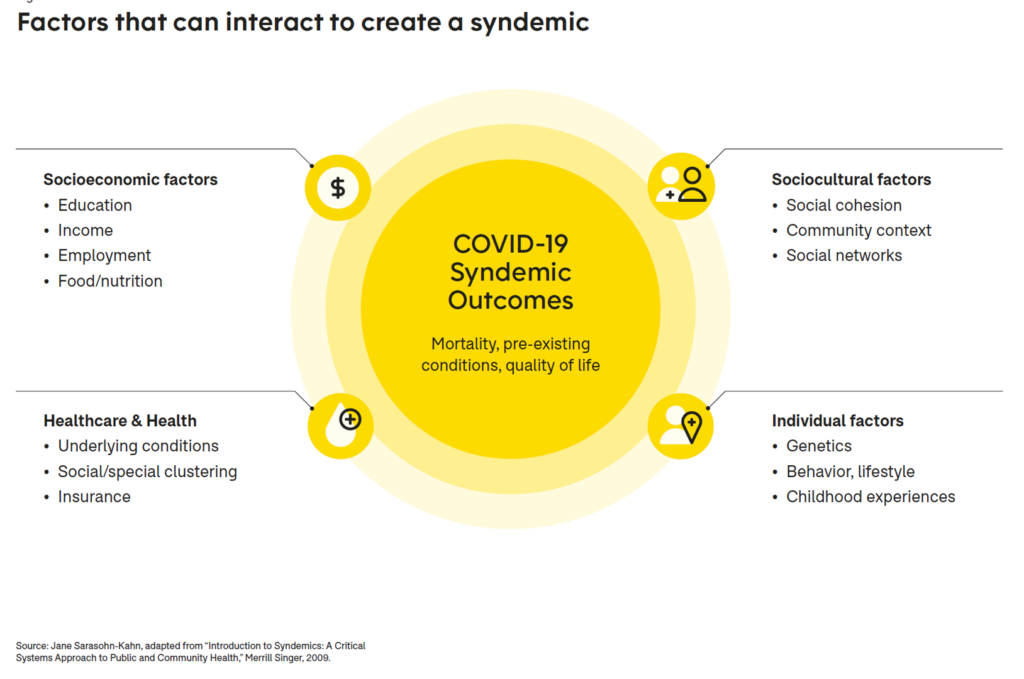Patients have more financial skin-in-their-healthcare-games facing high-deductibles and direct out-of-pocket costs for medical bills…including prescription drugs. I collaborated with GoodRx on a “yellow paper” discussing The Health Consumers as Payer, with implications and calls-to-action for pharma and life science companies. You can download the paper at this link.

The report is intended to be a playbook for understanding patients’ growing role as consumers and health care payers, providing insights into peoples’ home economic mindsets and how these impact a patient’s adherence to medication based on cost and perceived value.
With inflation facing household budgets, consumer-facing health care costs can be crowded out by other spending such as food, housing, gas/petrol, utilities…basic needs families must cover for everyday living.
Gallup and West Health have been studying Healthcare in America, finding in their June 2022 consumer survey that one in four people in the U.S. have delayed or avoided medical care or purchasing prescription drugs due to higher health care prices — along with cutting back on other forms of household spending, such as driving less.

The pandemic accelerated the patient-to-consumer morphing with the convergence of factors shaping people in a larger “syndemic,” shown in the chart here. These include socioeconomic issues (indeed wages and the cost of goods, but also food and nutrition as a determinant of health), sociocultural factors (such as social networks and managing the risks of isolation and loneliness), individual factors (behavior and lifestyle choices, for example), and indeed health care issues such as chronic conditions and whether the person has health insurance coverage.
Read more in the paper of how these dynamics impact pharma and life science companies and strategies for supporting patients, caregivers, and families in the GoodRx paper, downloadable here.






 Grateful to Gregg Malkary for inviting me to join his podcast
Grateful to Gregg Malkary for inviting me to join his podcast  This conversation with Lynn Hanessian, chief strategist at Edelman, rings truer in today's context than on the day we recorded it. We're
This conversation with Lynn Hanessian, chief strategist at Edelman, rings truer in today's context than on the day we recorded it. We're